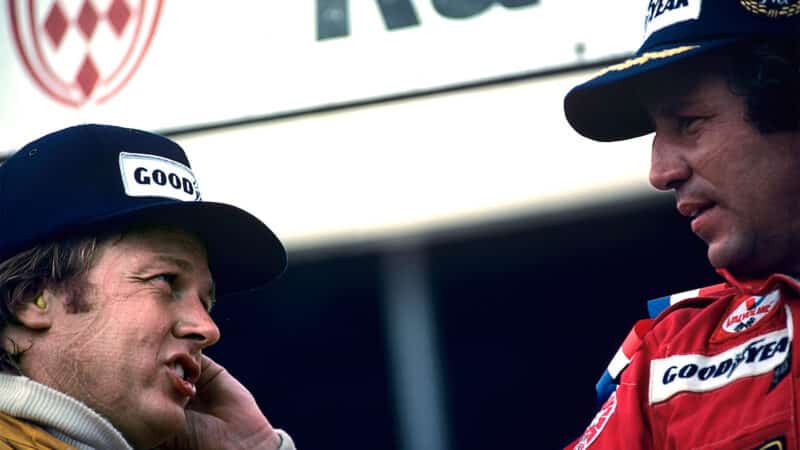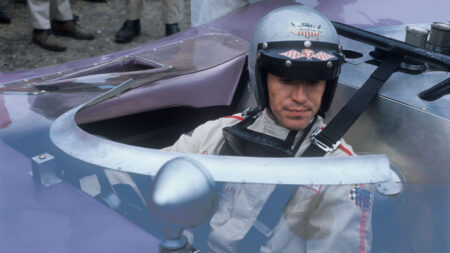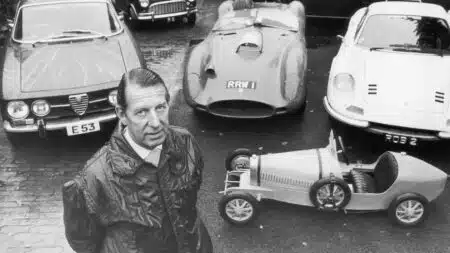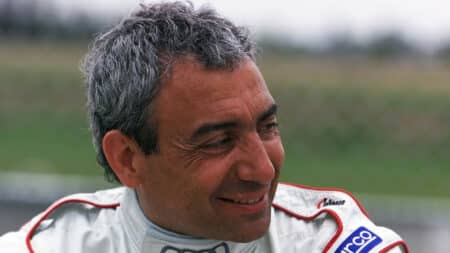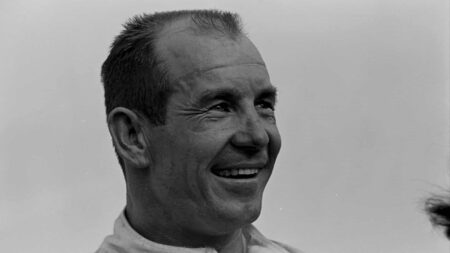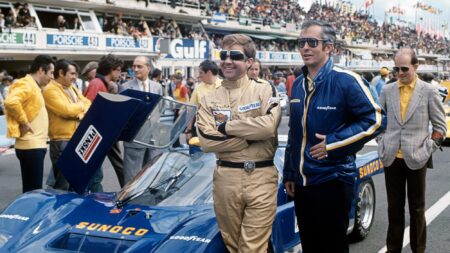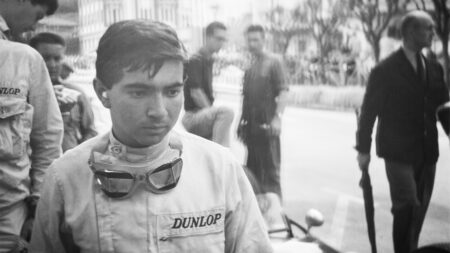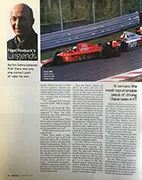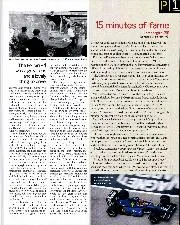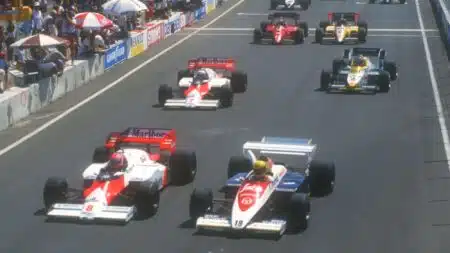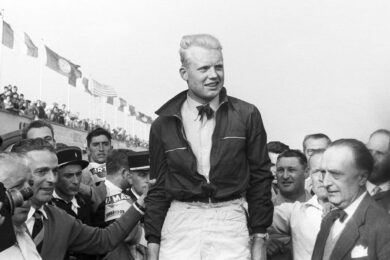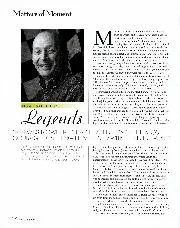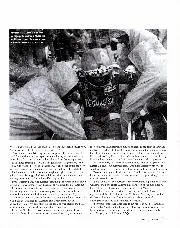And thus it was that I found myself, three days later, in the lobby of the Sao Paulo Hilton. John Watson stopped to chat, then Niki Lauda, the pair of them a touch surprised that I had trailed out to Brazil to watch a tyre test. I explained the reason for my visit. “Well, the only thing is,” warned Wattle, “I think you might a problem with Goodyear – they’ve got new stuff here, and today they were keeping people out of the pits…”
He was right. While the cars were running, I was politely but firmly asked to keep out of the pits, and of course agreed. But it made for three long days at the track, and the heat was beyond anything I have experienced in Brazil, before or since. Even 20 years ago I was follically challenged to a significant degree; by the time I left, the top of my head was crisp…
During the breaks for lunch, and so on, Goodyear were fine about my being in the pits, which was a surprise, for their tyres were stacked everywhere, and quite what ‘extra’ secret information I might have gleaned from seeing them mounted on Formula 1 cars was unclear. To me, a slick was a slick was a slick.
Still, these lulls were a good opportunity to get something on tape, and Andretti amazed me with his powers of recall. The tiniest detail of what had gone wrong in the second session at Jarama, or wherever, was on tap, together with relevant snatches of conversation with Colin Chapman or Ronnie Peterson… it was all there.

Roebuck was amazed by the driver’s powerful of recall, even down to the smallest detail
Getty Images
What do we know, though, about the best-laid plans? That first day I took notes as we talked, jotting down headings to remind me of particular anecdotes, and so on, and it was as well I did, for in the hotel that evening I played back the cassette and nothing! This was a newish, very expensive, recorder, and it was on the blink.
I dashed out blindly into rush hour Sao Paulo, found an electrical shop, and there purchased the only cassette recorder in the place. Large and crude, it looked like something Sony might have been experimenting with in 1949, but it did record, after a fashion, albeit as if a gale were howling in the background. At dinner each evening we’d tape some more, my new state-of-the-art device taking up half the table, and I learned a lot about what it is, good and bad, to be famous. One night we went to a particularly popular steak restaurant, and as we arrived a man was vigorously demanding he be given a table. There was nothing, the head waiter insisted, not now, not in an hour, not for the rest of the evening…
“The journey involving a long and rather terrifying dual-carriageway”
In a foul mood, the man turned on his heel, and we prepared to do the same. The maitre d’ gave us a half-glance, shrugged resignedly. Then he looked again. “Andretti! Senor Andretti!” A table materialised from nowhere, and the man nearly burst with pride as Mario signed a menu for him.
It was the first of many. Folk would get up from their tables, sidle over in our direction, hover about, wanting to congratulate Mario on his championship, get an autograph, shake his hand. And he charmed them, each and every one, because that is his way.
I asked if they got him down, these constant intrusions, wherever he went. “Oh, sometimes, yeah,” he said, “but you know, what I always say is that if there were no fans, there’d be no racing, and if there were no racing, I’d be… what? How can it hurt to be civil with people?”


